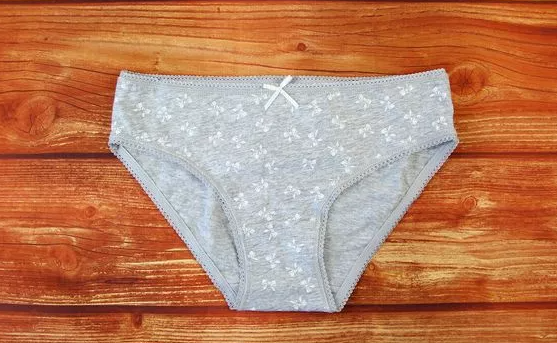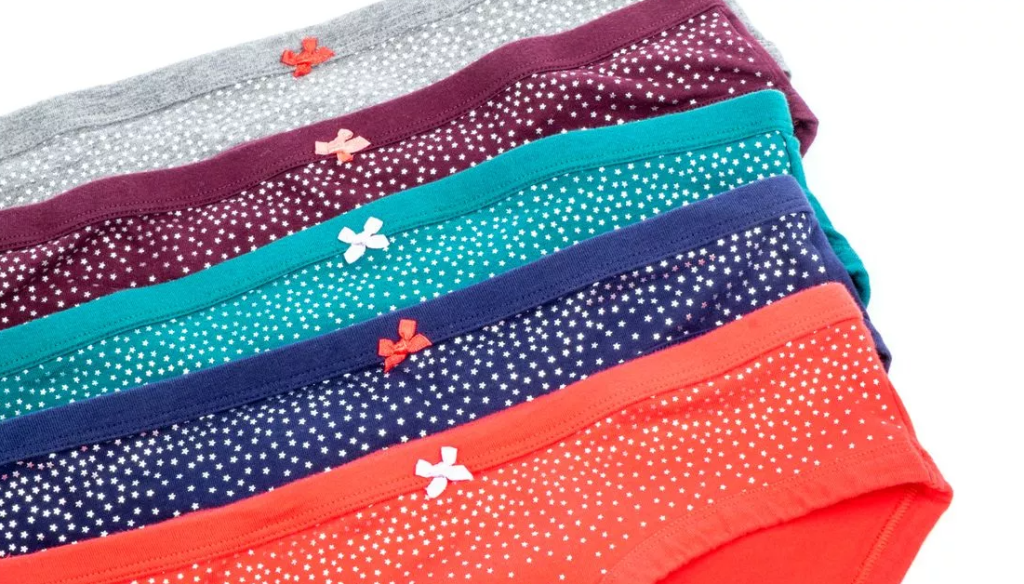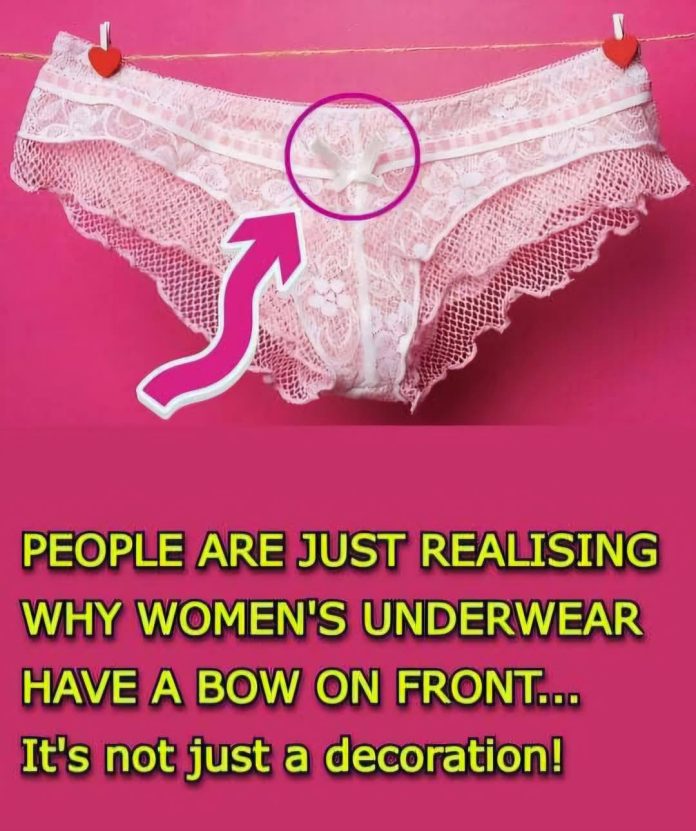The Historical Significance of the Bow on Women’s Underwear
The small bow commonly found on the front of women’s underwear is a design element with roots that extend deep into fashion history. While today it may be seen primarily as a decorative feature, its origins are both practical and symbolic, reflecting the evolution of women’s undergarments over the centuries.
Origins in Pre-Elastic Garments
Before the advent of elastic materials, women’s undergarments were designed to stay in place using alternative methods. One prevalent technique involved threading a ribbon through eyelet lace at the waistband of the undergarment. This ribbon would then be tied into a bow at the front, serving the practical purpose of securing the garment around the waist. The bow’s central placement made it easily accessible for adjustment, ensuring a snug fit and preventing the undergarment from slipping down.

Functional and Aesthetic Roles
Beyond its functional role in securing undergarments, the bow also served an aesthetic purpose. In an era when clothing was often handmade, adding a bow provided a simple yet elegant embellishment. This decorative touch contributed to the overall femininity and appeal of the garment, aligning with the fashion sensibilities of the time.
Evolution of Women’s Undergarments
The design and function of women’s undergarments have undergone significant transformations throughout history. In the 19th century, for instance, undergarments known as “drawers” became more ornate, featuring lace trims and decorative bands. The inclusion of bows persisted, even as the garments themselves evolved in style and complexity. The bow remained a constant, symbolizing both tradition and attention to detail in women’s fashion.
The Bow in Contemporary Fashion
In modern times, the bow on women’s underwear has largely transitioned from a functional necessity to a purely decorative element. With the widespread use of elastic waistbands, the original purpose of the bow—to secure the garment—has become obsolete. However, its presence endures, often serving as a marker to distinguish the front of the underwear, which can be particularly useful when dressing in low-light conditions. Additionally, the bow continues to be associated with femininity and charm, enhancing the visual appeal of the garment.

Cultural and Symbolic Interpretations
The bow’s enduring presence on women’s underwear can also be viewed through cultural and symbolic lenses. It represents a nod to historical fashion practices, maintaining a connection to the past. Moreover, the bow embodies a blend of practicality and decoration, reflecting the dual priorities of utility and aesthetics that have long influenced women’s fashion.
Conclusion
The seemingly simple bow on women’s underwear carries a rich history that intertwines functionality, fashion, and cultural symbolism. From its practical origins in pre-elastic garments to its current role as a decorative feature, the bow has remained a consistent element in the design of women’s undergarments. Its enduring presence serves as a testament to the ways in which historical practices continue to influence contemporary fashion, offering a tangible link between past and present.

















